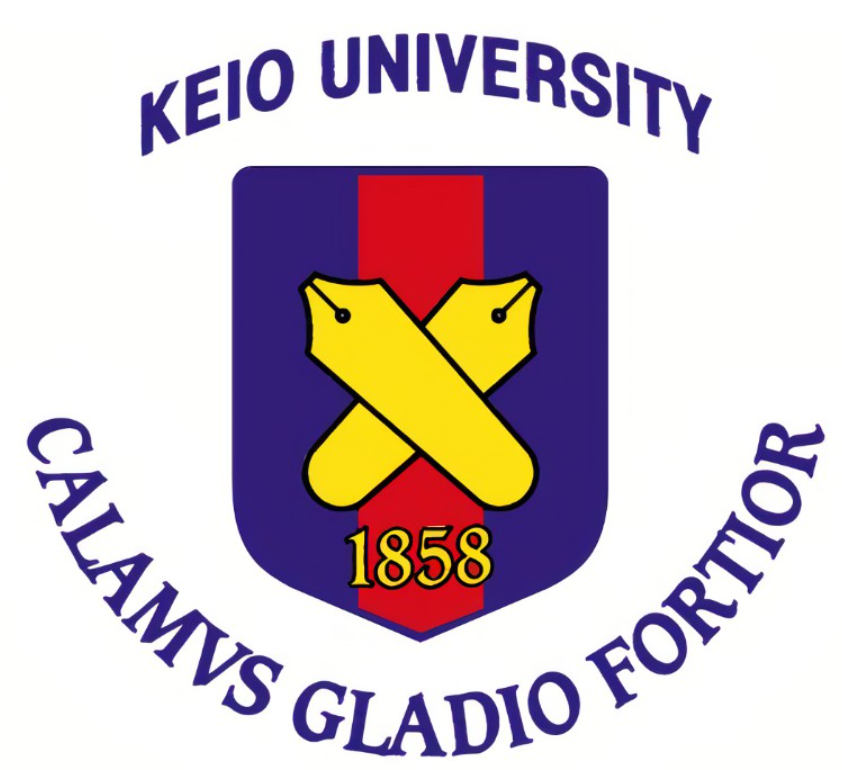Quantum Computing for Real-world Applications with Professor Naoki Yamamoto of Keio University

Insider Brief
- At the Q2B24 Tokyo conference this year, Professor Naoki Yamamoto of Keio University discussed quantum computing’s potential to solve real-world challenges, focusing on near-term applications like reservoir computing and long-term advancements in simulating complex systems such as weather dynamics.
- Yamamoto’s experiments with 120 qubits demonstrate quantum computing’s advantages over classical systems, particularly in neural network simulations and solving partial differential equations for fields like physics and engineering.
- He stressed the convergence of quantum computing, sensing, and communication, which could revolutionize industries by enhancing measurement precision and driving innovations in fields like financial risk analysis and weather forecasting.
Professor Naoki Yamamoto of Keio University, a leading authority on quantum computing, presented an interesting talk at the Q2B24 Tokyo conference this year. As one of the key speakers on the second day of the event, Yamamoto went into how quantum computing can address complex real-world challenges, with a focus on near-term and long-term applications.
Yamamoto’s work at the Keio Quantum Computing Center (KQC) has led to important strides in collaboration between academia and industry.
“We focus on industry-academia collaboration,” Yamamoto stated, referring to the nine companies that work closely with KQC to address both academic and industrial challenges. With access to IBM’s cutting-edge quantum devices, the center is at the forefront of pushing quantum computing to new heights.
One of the most promising near-term applications Yamamoto discussed was reservoir computing, an approach that involves using physical systems — such as quantum computers — to emulate complex dynamics. He elaborated: “The quantum superconducting reservoir is expected to be a very rich calculation resource.” This method is used to simulate neural networks, enabling more efficient calculations for complex problems without requiring massive computational power.
A significant breakthrough has been the use of 120 qubits in Yamamoto’s experiments.
“120 qubits are used in our experiment, and entanglement is quite tight,” said Yamamoto. This level of entanglement, which cannot be replicated by classical supercomputers, is where quantum computing demonstrates a clear advantage. Yamamoto was candid about the challenges as well, acknowledging: “Prediction was not very good” when older devices were used, but with newer technologies, he expects “higher productivity” in future experiments.
In the long-term, Yamamoto sees quantum computing as a game-changer for solving partial differential equations (PDEs), which are essential in fields ranging from physics to engineering.
“Quantum computers can simulate waveform equations, such as those depicting heat or acoustic waves,” he explained. These simulations could extend to applications like weather forecasting, a notoriously complex challenge. Yamamoto optimistically predicted: “In the future, a quantum computer may be able to mimic weather dynamics.”
Beyond reservoir computing and PDE simulations, Yamamoto discussed the role of quantum sensing, particularly in advancing measurement accuracy. He described how quantum entanglement could lead to breakthroughs in measurement precision.
“By applying Heisenberg scaling, error reduction becomes even faster,” he said. This, according to Yamamoto, could revolutionize fields like financial risk analysis, where the accuracy of quantum amplitude estimation surpasses classical methods.
The convergence of quantum computing, sensing and communication is crucial for the future, according to Yamamoto.
“Quantum sensing, computing and communication can converge to strongly advance quantum technology,” he stated, envisioning a future where these technologies not only work together but reshape entire industries.
In closing, Yamamoto expressed hope that these advancements would soon be applied in real-world industries, benefiting society. His presentation not only underscored the immense potential of quantum computing but also showcased the collaborative efforts of academia and industry in realizing that potential.
